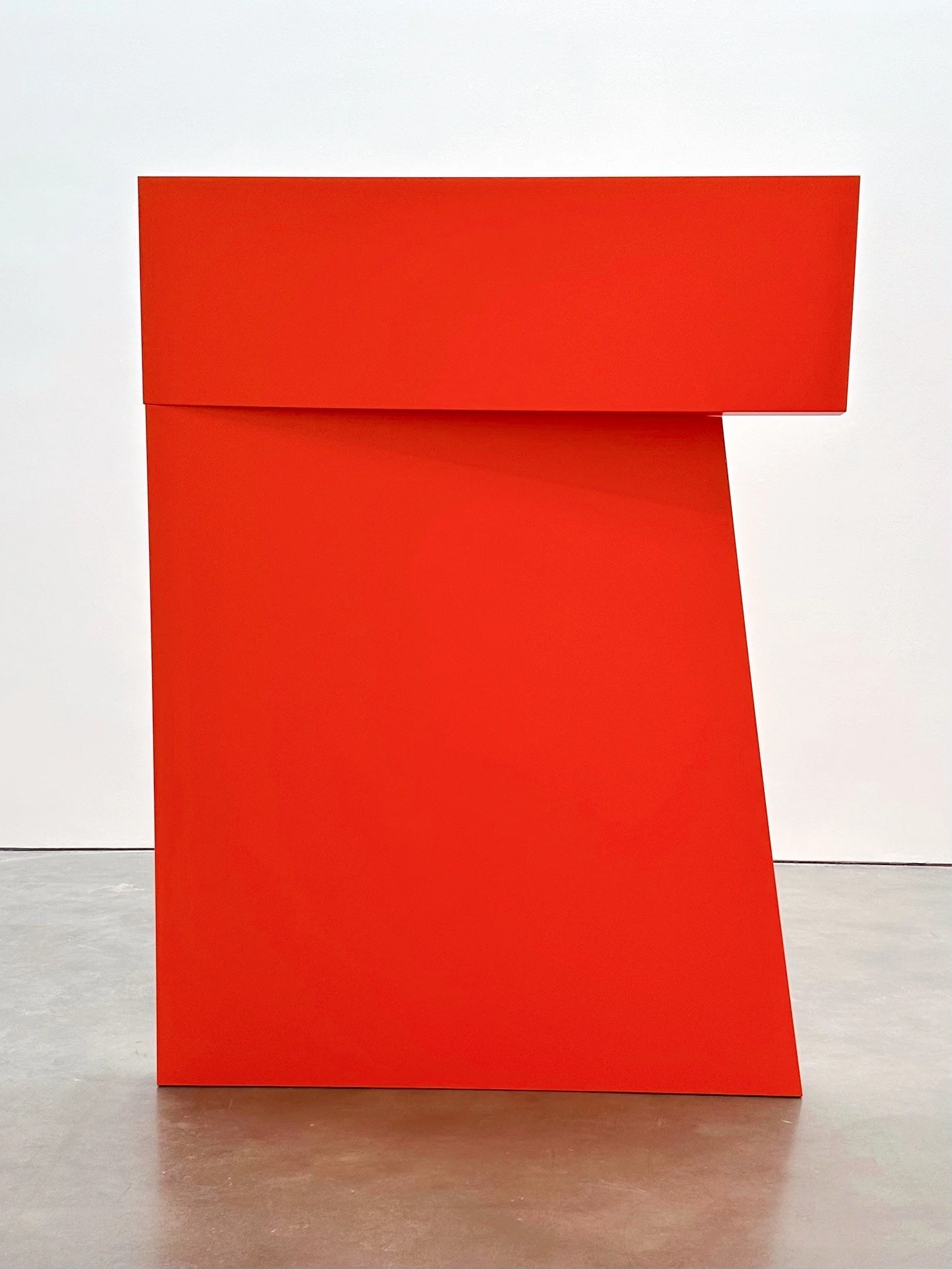Lines and Vision: Understanding Drawings Through Visual Perception
In the realm of visual arts, lines are more than marks on a page; they are the foundation of visual communication and perception. From the earliest cave paintings to contemporary digital art, lines have been used to represent objects, express emotions, and convey messages. The study of lines and drawings from a visual perception standpoint offers intriguing insights into how our brains interpret these basic elements, transforming them into complex images and ideas.
Unveiling the Unseen: The Art of Franziska Reinbothe
Franziska Reinbothe is an artist who delves deep into the anatomy of a painting, exploring elements that typically remain obscured from the viewer's eye. She possesses a profound fascination with the often overlooked aspects of art pieces—such as the back of a canvas and its edges. Through her approach, Reinbothe seeks to unveil these hidden facets by manipulating substrates in unconventional ways. Her technique includes compressing canvases, exposing stretcher frames, or at times, completely eliminating them. This process allows her to stretch, fold, break, cut, and sew her paintings, transforming them into three-dimensional objects that extend beyond the traditional boundaries of art on a wall.
Asymmetry From All Angles
I don’t know about you, but I can’t make up my mind which is more appealing in art: symmetry or asymmetry. And this goes for all types of art, visual especially, even performance. For days now, I’ve been sifting through endless research on the subject, and one notable thing I’ve come up with is that there are a ton of overly complicated definitions of “symmetry” and “asymmetry.” The ones that I like most happen to be the simplest: SYMMETRY is the identical mirroring of something, while ASYMMETRY is the absence of symmetry. Still, no one (that I’ve found) has been able to define “asymmetry” without first defining “symmetry.” I wonder if asymmetry can stand on its own feet?



